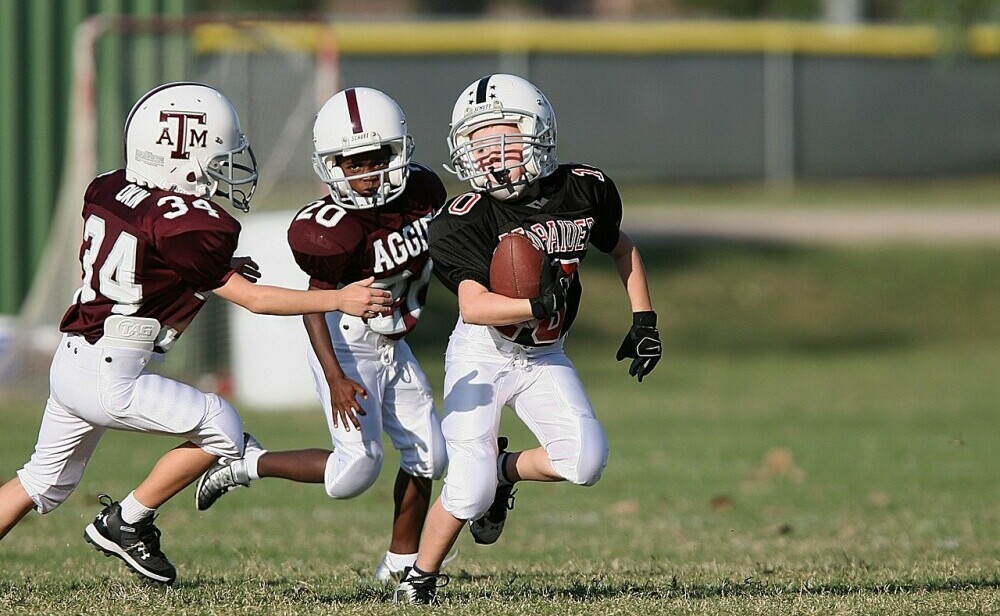
I’m going to kick things off by highlighting the critical role helmets play in youth football. This isn’t just about protection; it’s about ensuring the future well-being of young athletes. You’ll find out about the potential risks associated with using a helmet that’s damaged and why it’s not worth taking any chances.
Football is a contact sport, and that means safety gear is non-negotiable. A well-maintained helmet can be the difference between a regular tackle and a serious injury. But this conversation goes beyond just telling kids to wear their helmets—it’s about understanding the signs of wear and degradation that could compromise their protection.
Now what is a big deal when it comes to helmets? It’s their ability to meet or exceed safety standards. There are organizations that set these standards, which include rigorous testing to ensure that helmets can actually do their job. Before we even think about the signs of damage, it’s important to make sure the helmets your youth players use are certified by reputable bodies like NOCSAE (National Operating Committee on Standards for Athletic Equipment).
Lastly, I’m here to help you understand that safety is a shared responsibility. Coaches and parents alike have a duty to enforce proper usage and regular maintenance checks. After all, a safe helmet is part of the foundation for not only a good game but also a healthier future for the kids on the field.
Key Indicators of Helmet Damage
You’re going to find out about the telltale signs that a youth football helmet may be compromised. Now, parents and coaches alike need to become amateur detectives when it comes to spotting helmet damage. First on the list? Look for any visible cracks or deformations in the shell – these are clear danger signals.
Don’t overlook the subtler signs. Fine hairline fractures could spell trouble, and dents should also raise red flags. Even seemingly minor imperfections can critically undermine a helmet’s structural integrity.
Take padding seriously; it’s not just there for comfort. If you see compression, rips, or if it just doesn’t seem to return to its original shape, that indicates significant wear. These defects can dramatically affect the helmet’s ability to absorb impacts.
I’m here to help you understand that helmets are like perishable goods – they don’t last forever. Regular checks, especially before the first whistle blows and after the final play, are non-negotiable.
Sometimes, you might be unsure whether a helmet is safe. In those instances, it’s a smart move to seek a professional’s opinion. Manufacturers often offer inspection services or can point you in the direction of certified experts.
Maintaining Helmet Integrity and Making Informed Choices
Ensuring the safety of youth football players doesn’t end at identifying damage; maintenance is key. Regular and proper care of helmets can prevent the kind of deterioration that compromises their effectiveness. It’s up to coaches, parents, and the players themselves to keep helmets in top-notch condition.
Teach young players the value of their gear. Show them how to store helmets properly to avoid unnecessary wear and tear, and how to conduct pre- and post-game checks. It’s not just about keeping the helmet shiny; it’s about ingraining the habit of responsibility and safety.
There comes a time when repairs might not be enough, and that’s when you need to replace the helmet. Don’t cling to a helmet due to sentimental value or cost concerns when it no longer provides optimum protection. Stay current with manufacturer recalls and notices and opt for newer models with advanced safety features when necessary.
There’s a wealth of resources out there to help you be proactive about helmet safety. Consumer safety groups, sports health organizations, and even helmet manufacturers offer guidelines and updates. Leverage these to make educated decisions about the helmets your youth football team uses.
In conclusion, recognize that caring for youth football helmets is a continuous effort. By incorporating regular inspections, maintenance, and staying informed, you’re not just protecting a piece of sports equipment – you’re safeguarding the future of every young player who steps onto the field.
